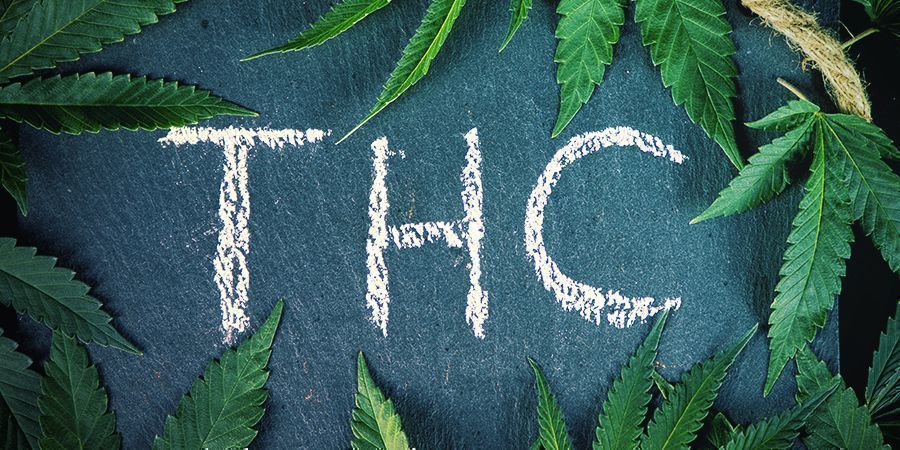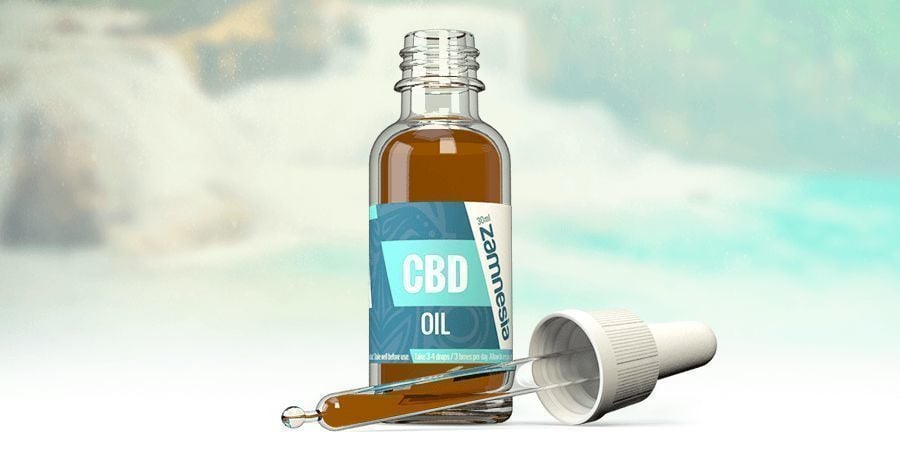
What's The Difference Between Cannabis And Hemp
Hemp and cannabis are commonly confused. Although they have a plethora of different uses that have the potential to change the medical and industrial worlds, these plants share the exact same roots.
Unsure about the difference between hemp and cannabis? No reason to fret! Below, we’ll break it all down so you’ll have no trouble browsing the vast array of cannabis and hemp-related content—and products—with no trouble!
What Is Hemp?
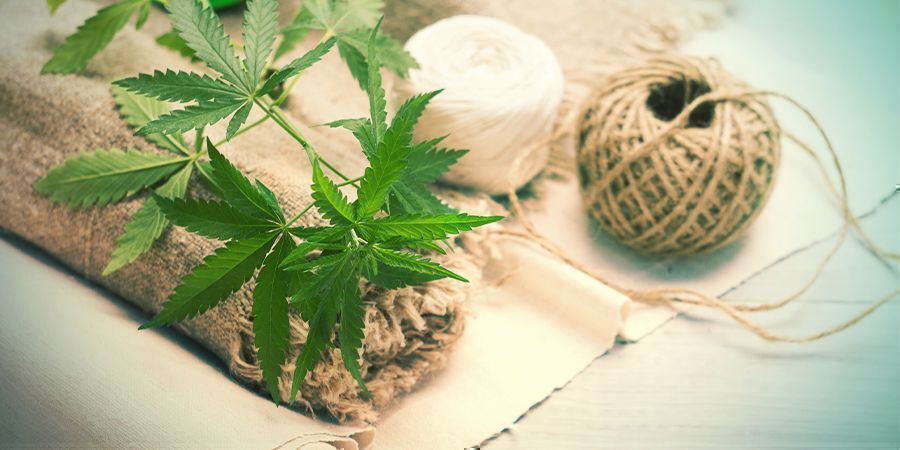
Hemp is a variety of Cannabis sativa, and arguably one of the most important plants cultivated by humankind. Its use goes back at least 10,000 years, with the plant serving a multitude of purposes. Used as a food source for humans and livestock, and to make everything from textiles and paper to building materials, Chinese emperors mentioned hemp and its usefulness 6,000 years ago. The US Declaration of Independence was even drafted on hemp paper (though the final version was written on animal skin parchment).
Although a member of the Cannabis sativa species, hemp cannot be used as a recreational drug. The reason for this is that hemp only contains low quantities of THC—the compound in cannabis that produces a high. However, hemp contains a fair amount of CBD, along with other cannabinoids, and is now widely used to make CBD products and supplements.
Considered a true “superfood”, hemp seeds have exceptional nutritional value. They are rich in healthy fats and essential fatty acids, as well as protein, vitamin E, amino acids, minerals, and other valuable nutrients.
What Is Cannabis?
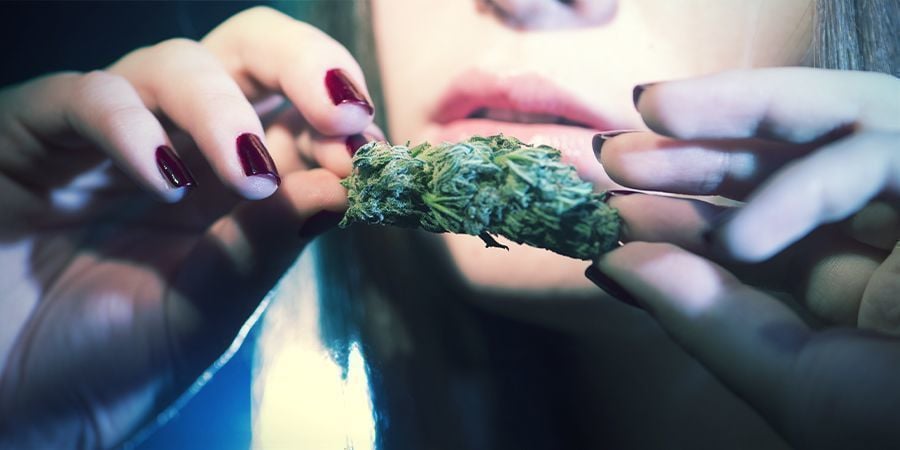
Here’s where things start to get a tad more confusing. Unlike hemp, the term “cannabis” is more multipurpose—it can essentially be used to describe any plant or product within the Cannabis genus. So, while hemp is indeed a type of cannabis, so is marijuana. Marijuana, of course, is used to describe types of cannabis containing significant amounts of THC.
Yet, today, the term marijuana is largely replaced in favour of cannabis, so you may hear the two used interchangeably. To clear up the confusion, you may also hear it referred to as “recreational” cannabis, to help delineate the psychoactive profile of a given strain.
In general, if you see or hear hemp and cannabis used to distinguish two types of plants/products, you can assume the cannabis in question has a more diverse cannabinoid profile and probably contains THC. If, however, you see the term Cannabis sativa used interchangeably with hemp, they’re most likely specifying the taxonomy of the plant.
Technically, the Cannabis genus can be broken down into three species or subspecies: C. sativa, C. indica, and C. ruderalis. While recreational cannabis or marijuana will contain varying ratios of all three (sub)species, hemp is exclusively derived from Cannabis sativa.
What’s the Difference Between Hemp and Cannabis?
In short, the main difference between cannabis and hemp is that the latter contains a negligible, legally permitted quantity of THC. Only if the THC content of a plant is under a certain threshold can it be legally classified as hemp. Outside of that, it’s important to understand that hemp itself isn’t a different species of cannabis. Instead, the differences are all in the chemical composition, cultivation, industrial applications, and legality.
Genetics / Chemical Composition / THC
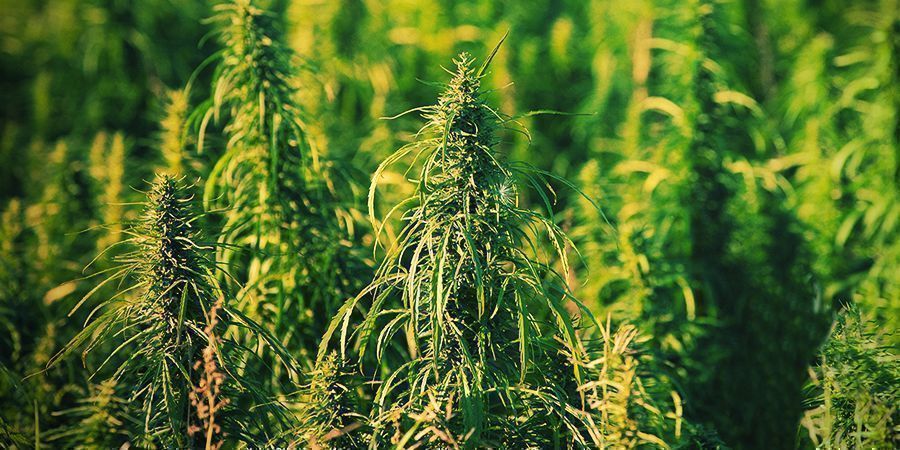
To get a bit more specific, cannabis must contain under 0.2% THC by dry weight to be classified as industrial hemp throughout most of Europe. This cutoff is slightly higher in the US at 0.3% THC. Although various countries are beginning to legalize and regulate a cannabis market of some kind, THC is still an illicit drug according to nearly all drug-related treaties.
To date, several hundred chemical compounds have been identified within Cannabis sativa. While having considerably less THC than its recreational counterpart, hemp does contain many of the other cannabinoids found in cannabis, including CBD, CBC, and CBDA. It also contains most of the same aromatic compounds (terpenes), flavonoids, hydrocarbons, fatty acids, and phenols, in various concentrations.
While hemp has long been harnessed for its fibres and seeds, the relatively high levels of CBD it contains makes it the perfect crop for the creation of legal, high-quality CBD oil and supplements.
Appearance
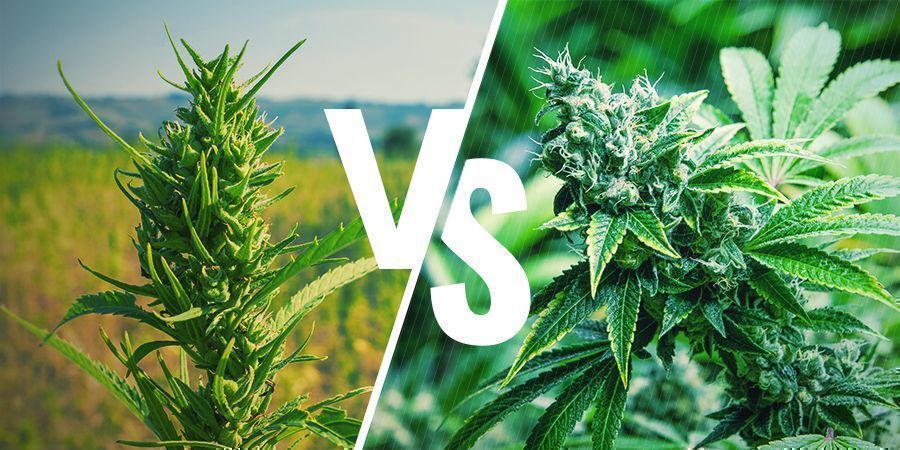
A typical marijuana plant looks quite different from hemp. Marijuana often has wider leaves, and the buds are normally more dense and resinous, surrounded by small hairs (pistils). Hemp plants grown for their seeds won’t feature this same resin content, and the buds themselves will likely be smaller and less compact.
Hemp displays the typical Cannabis sativa characteristics, including longer and thinner leaves and fibrous stems. Compared to a typical marijuana plant, which can be quite bushy and stout, hemp has a slender stature with fewer branches and foliage.
In industrial cultivation, where many plants are grown side by side, a hemp plant may just feature one single large stem. Hemp varieties grown for fibres and seeds can be quite tall, reaching towering heights of 5–6 metres.
Plant Sex
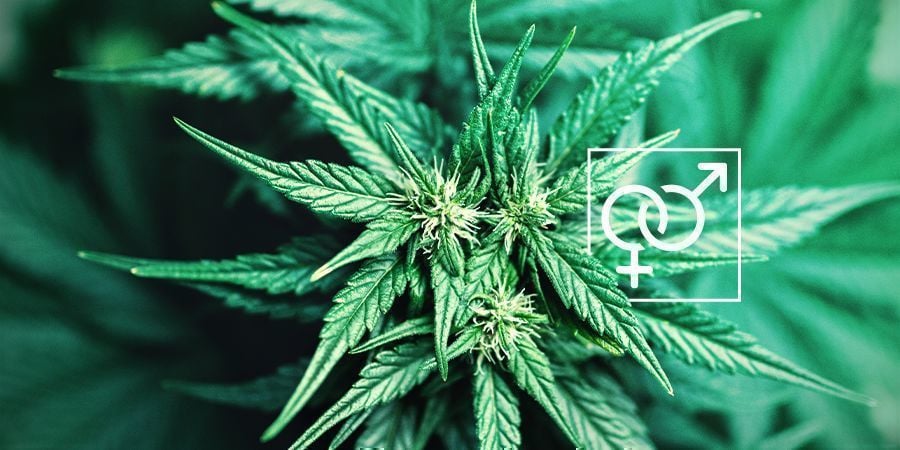
One of the main misconceptions about hemp, aside from the belief that it’s a different species of cannabis, is that hemp plants are all male. This is incorrect.
Hemp, just like any other cannabis plant, can develop into female or male plants. But only the females develop flowers (buds), whereas the males grow pollen sacs. Grown in close proximity, the males can easily pollinate the females, causing them to produce seeds.
For hemp growers producing seeds or fibres, the pollination of females isn’t much of a problem—it may even be desired. On the other hand, if hemp is grown for the cannabinoids it produces, seedy buds are an issue, as they result in a lower-quality final product with a lower cannabinoid content.
For that reason—and this is no different than growing cannabis for recreational purposes—large commercial grow-ops focusing on cannabinoid production keep their female plants in separate sealed greenhouses to prevent pollination by males.
Cultivation
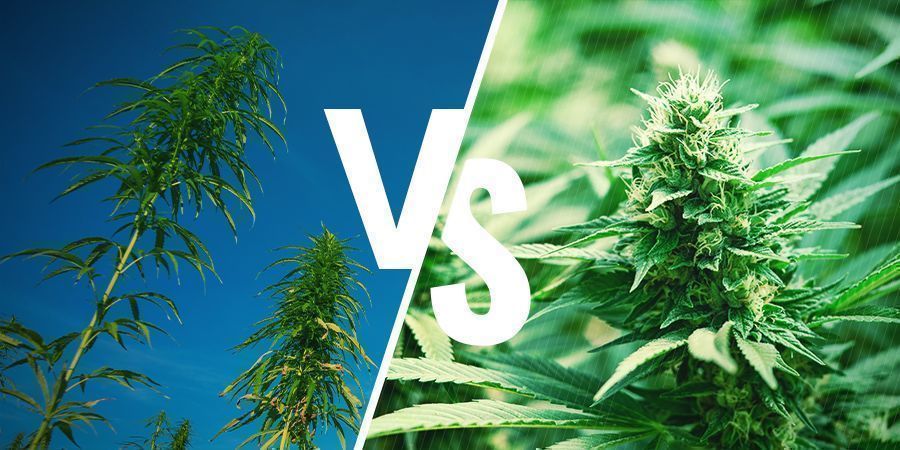
Although technically the same plant species, hemp and marijuana require a different approach when it comes to cultivation. Hemp is usually grown in large plots, in extremely close proximity—say, with only 10cm between each plant. Marijuana, on the other hand, is often planted with more space between specimens to support plant health, deter pathogens, and encourage lateral growth.
Hemp is also much less demanding than marijuana. While the latter does best in a controlled environment, with a careful eye kept on temperature and humidity, hemp can be grown in all sorts of climates and environments.
The growing cycles of hemp and marijuana are also different: Hemp usually requires 110–120 days to reach maturity, whereas marijuana only needs 60–90 days, depending on the strain.
Hemp and marijuana should also not be grown together. Hemp accidentally pollinating marijuana plants will greatly reduce the quality of the final product.
Legality
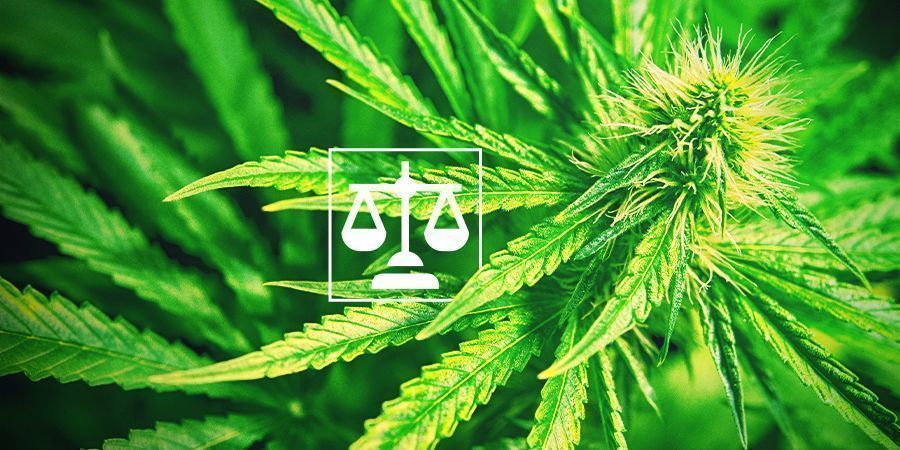
Despite the more or less clear regulations surrounding THC content, legal cultivation of hemp is still hampered by tons of regulations, legal hurdles, and obstacles.
Not that long ago, both hemp and marijuana were illegal. Only recently, with updates like the 2018 US Farm Bill, was hemp removed from the Controlled Substances Act, allowing access to the plant for the first time in decades. Yet, there are still some states that outlaw the plant, making commercial or personal cultivation illegal.
The legal situation is even more complicated in other countries. In the UK, for example, cultivating hemp is subject to certain conditions and fees, and can only be done for commercial purposes with a licence. Due to these requirements, it’s nearly impossible for a hobby grower to grow a few plants for personal use. And yes, this is despite the fact that the plants barely contain any THC. The situation is similar in most other European countries.
Usage

It’s not without good reason that hemp has been one of the most prized and prolific plants ever cultivated. What has made hemp so valuable throughout history is that it provides so many different uses, and essentially all parts of the plant have something to offer.
For quite some time, hemp was the plant of choice for producing fibres to make clothing and other textiles. Most notably, hemp was used to make sails and sturdy ropes in the centuries before the invention of synthetic fibres. Bast fibres made from the hemp stem are among the strongest natural fibres known to man.
As a “superfood”, hemp seeds continue to gain followers. Being highly nutritious, biochemists even suggest that hemp seeds could be an answer to world hunger and nutritional problems.
In recent years, research has taken a closer look at cannabinoids and their potential benefits—with promising outcomes. Along with CBD-based products, hemp-based beauty and skin care products are also trending, and have put hemp under an all-new spotlight.
Hemp is once again being looked at as a versatile material for use in construction. Most components of hemp, including hemp fibre, but also oils made from hemp, can be utilised by builders.
There are many more promising uses for hemp, which are well deserving of a more in-depth description.
Cannabis Oil vs Hemp Oil vs CBD Oil
Products made from hemp can now be found in many places. Some of the most popular are CBD oils and hemp oils. However, consumers are oftentimes confused by the variety of offerings on the market. A common question concerns the difference between cannabis oil, hemp oil, and CBD oil. So, what are these differences?
Cannabis Oil
Cannabis oil (“hash oil”, “THC oil”, “Rick Simpson oil”) is made from the buds of the marijuana plant. Like recreational cannabis, it contains THC and produces a high. In most countries, cannabis oil has the same legal status as cannabis, and you cannot legally obtain it.
Hemp Oil
Hemp oil (hemp seed oil) doesn’t contain any cannabinoids—but this doesn’t mean it’s worthless. Far from it! Hemp oil provides all the nutritional benefits of hemp seeds, and is used in cooking and preparing healthy foods.
CBD Oil
The CBD in CBD oil is extracted from hemp. CBD oil contains CBD and no—or only trace amounts of—THC. Thus, it doesn’t produce a high. Some CBD oils contain pure CBD (CBD isolate) dissolved in a carrier oil such as olive oil, hemp seed oil, coconut oil, or palm oil. Full-spectrum CBD oils, on the other hand, infuse a range of cannabinoids, terpenes, and other beneficial phytochemicals into the aforementioned carrier oils.
-
 4 min
28 February 2023
Top 5 Sativa Cannabis Strains For 2025
2025 is here, presenting us with some amazing sativa varieties—some new and some truly classic. Embrace the uplifting and energetic vibes of these magnificent sativas.
4 min
28 February 2023
Top 5 Sativa Cannabis Strains For 2025
2025 is here, presenting us with some amazing sativa varieties—some new and some truly classic. Embrace the uplifting and energetic vibes of these magnificent sativas.
-
 5 min
29 August 2022
The Many Benefits Of Cannabis
There's no doubt that cannabis can provide a pretty outstanding high. But whether you're a casual user or someone with plenty of experience, cannabis can also offer up some benefits in the short...
5 min
29 August 2022
The Many Benefits Of Cannabis
There's no doubt that cannabis can provide a pretty outstanding high. But whether you're a casual user or someone with plenty of experience, cannabis can also offer up some benefits in the short...
-
 3 min
18 November 2019
What's The Difference Between CBD Oil And Hemp Oil?
CBD has become a household name. With hundreds of CBD products available, it can be difficult to understand the differences. There's a lot of confusion surrounding the distinction between CBD oil...
3 min
18 November 2019
What's The Difference Between CBD Oil And Hemp Oil?
CBD has become a household name. With hundreds of CBD products available, it can be difficult to understand the differences. There's a lot of confusion surrounding the distinction between CBD oil...
-
 6 min
30 November 2017
The Top 10 Medical Cannabis Strains
If you’re lucky enough to live in an area where medical marijuana is legal, you’re likely familiar with the abundance of cannabis strains out there. In this article, we’ve done our best to...
6 min
30 November 2017
The Top 10 Medical Cannabis Strains
If you’re lucky enough to live in an area where medical marijuana is legal, you’re likely familiar with the abundance of cannabis strains out there. In this article, we’ve done our best to...





 United States
United States

